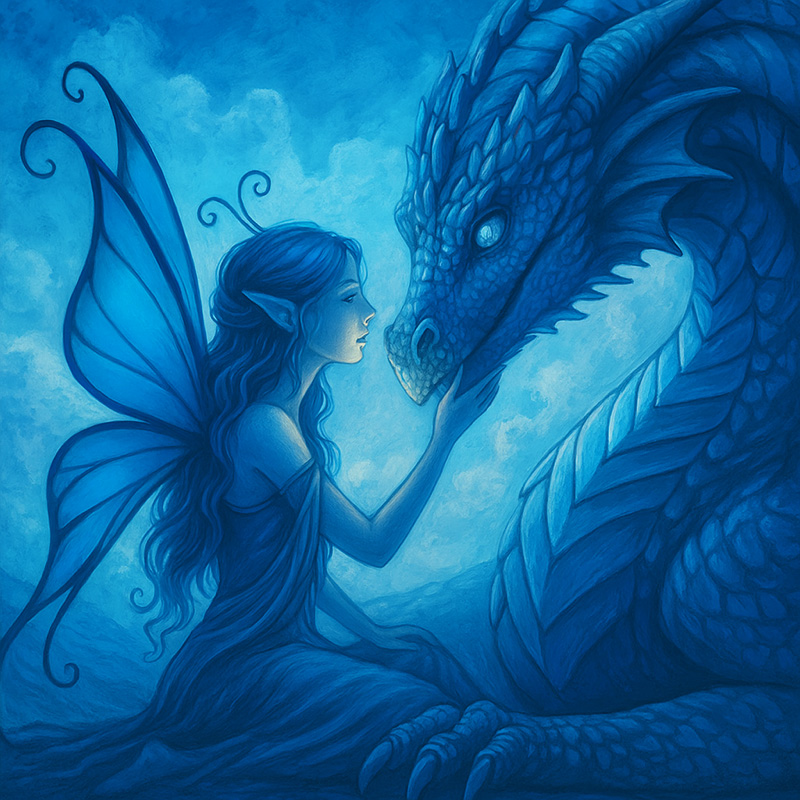Category: Uncategorized
-

Of Mechs And Men
–> Sulphurygenby *Shue13 In yesterday’s post, I discussed the pre-existent ideas about the future that a sf author should be aware of when world-building. In fact, if you think of these as a series of scales or levers, just answering these questions can toss up an interesting setting for a SF story. Questions: 1. Will…
-

In the Future, We Will Look Like Zebra-Lemurs (5 Things To Remember About SF)
Nickelay Lamm predicts we will have huge, lemur-like eyes in the far future. Presumably this will be driven by sexual selection from millennia of watching Anime. I added the zebra stripes. Because, really, who doesn’t love zebras? 5 Things To Remember About SF 1. Science Fiction can be about the past, the present, or the…
-

STRAT: A New Military Scifi Novel
On a hell-class world where feudal lords joust with mechs and use memetic tech to imprint loyalty onto their vassals and thralls, all Charlie and his people ask is to be left alone, free to think for themselves. Then, on his wedding day, Charlie’s bride is kidnapped to be a thrall. As he fights for…
-

(Another!) Cover Reveal for STRAT – New and Improved!
You’ve seen the draft of the cover art for STRAT, but the real cover art is now complete! Same design, a bit more detail. Ta-dah! You may find this already available on some sites….If not, keep checking. It will be up soon! We’re holding off on the official release announcement until it’s live everywhere. The…
-

GOLEM an indie military sf short film
GOLEM from GOLEM on Vimeo. This movie is based on the short story “GOLEM XIV” of “Imaginary Magnitude” by awesome Polish science fiction author Stanislaw Lem from 1973. Many of Stanislaw Lem’s stories concerned the futility of war. In this story, an intelligent military robot intelligence comes to question its purpose and the logic of…
-

Storm Dancer On Sale for 99 Cents!
My friend Rayne Hall’s dark epic fantasy, Storm Dancer, is currently on sale for only 99 cents! Definitely worth checking out, especially if you’re a fan of The Unfinished Song! Demon-possessed siege commander, Dahoud, atones for his atrocities by hiding his identity and protecting women from war’s violence – but can he shield the woman…
-

Armageddon’s Princess
Earlier this year my friend Anthony Pacheco published a wonderful scifi mystery, Armageddon’s Princess. Here’s some details… ANGRY PRINCESS IS ANGRY. Investigator Lexus Nancy Toulouse, ex-soldier extreme: finds her Libido Generator is on the fritz, learns her old warship wants to “get back together” (despite the fact she already has four husbands!), loses whatever war-torn…
-

Assassin’s Gambit
Last month my friend Amy Raby released her latest fantasy romance, Assassin’s Gambit from The Hearts and Thrones and Series. Here’s a bit about the book: Vitala Salonius, champion of the warlike game of Caturanga, is as deadly as she is beautiful. She’s a trained assassin for the resistance, and her true play is for…
-

Just released! ROWENA AND THE DARK LORD
I’m happy to be sharing this excerpt from Melodie Campbell’s latest release, Rowena and the Dark Lord. I think you all will enjoy this funny romantic fantasy series. Is that a broadsword on your belt, or are you just glad to see me? “Hot and hilarious!” “A fantastical tour de force” “The Princess Bride with…
